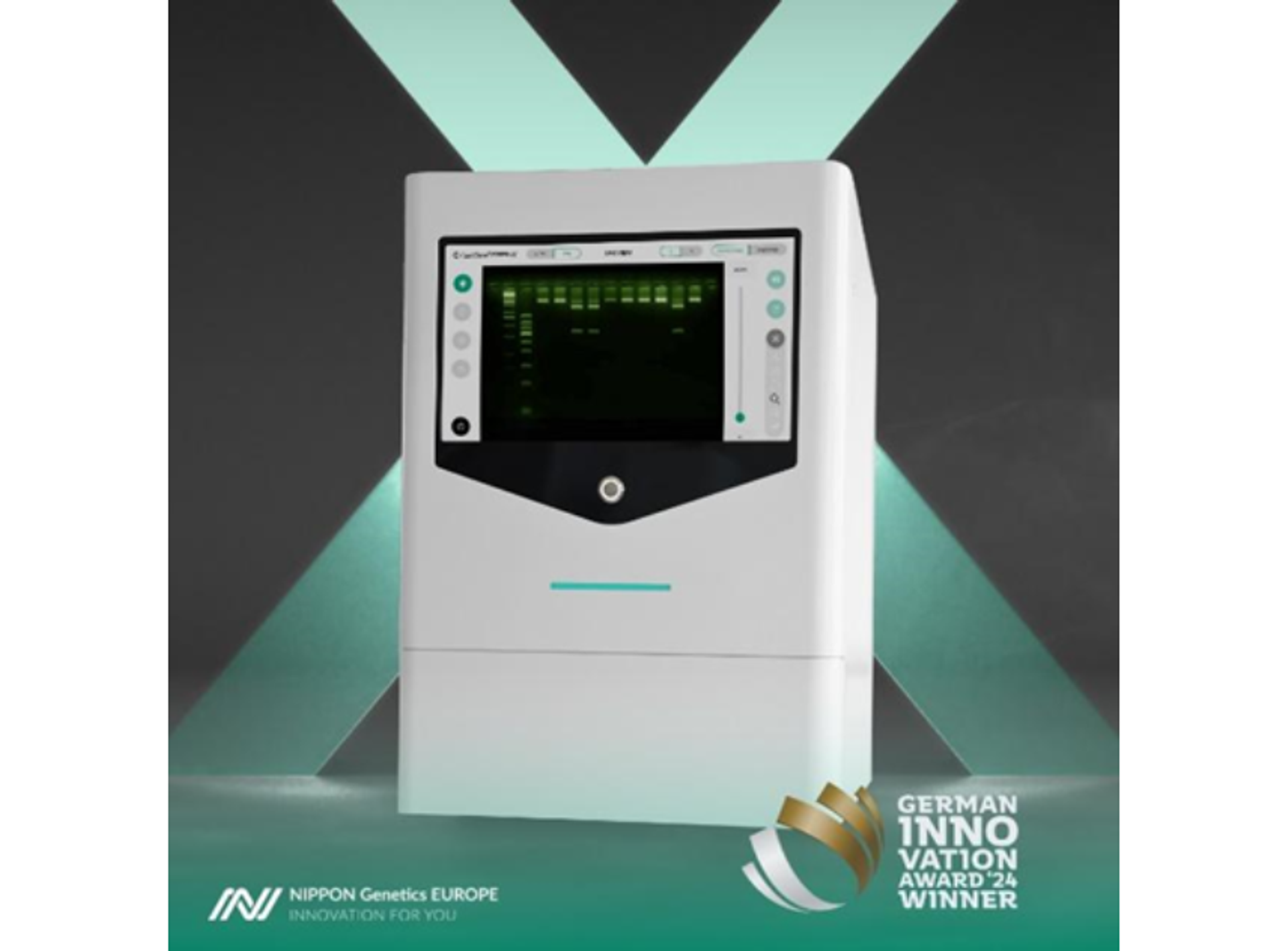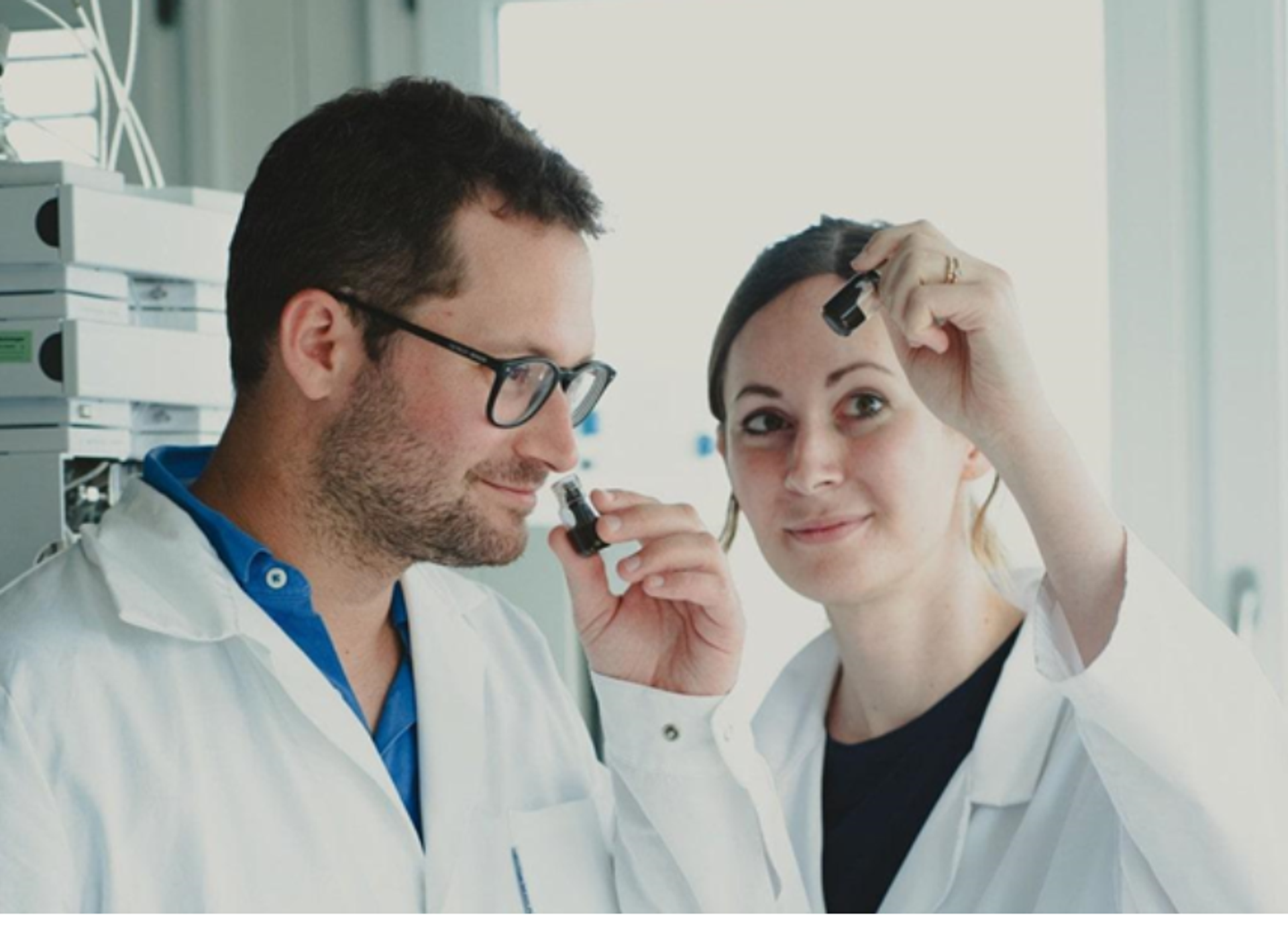Blue/Green LED technology — key to more sustainable chocolate
Learn how Blue/Green LED technology is revolutionizing gel imaging in labs producing chocolate alternatives
3 Sept 2025
In the rapidly evolving field of biotechnology, the demand for more efficient, safe, and accurate tools continues to grow. One of the key advancements driving this change is Blue/Green LED technology, a safer and more effective alternative to traditional UVlight for gel imaging. Companies like NIPPON Genetics EUROPE are leading the way with this innovation, offering labs an opportunity to streamline workflows while prioritizing safety and performance.
Planet A Foods, a startup in the area of sustainable food production, has been using NIPPON's Blue/Green LED technology in its lab for some time. The company’s focus is on creating eco-friendly chocolate substitutes replacing cocoa with sunflower seeds. Besides, Planet A Foods develops an alternative to cocoa butter, using precision fermentation, a process that relies heavily on accurate DNA analysis to engineer new strains of yeast.

The team at Planet A Foods wants to save 500 million tons of CO2/greenhouse gas equivalents every year by producing the world’s first 100% cocoa-free chocolate.
The science behind Blue/Green LED technology
Blue/Green LED technology operates in the visible light spectrum, between 470 and 520 nanometers, eliminating the need for harmful UV light traditionally used in gel imaging. UV light, while effective at inducing fluorescence in DNA, RNA, and proteins, comes with significant drawbacks. It can cause skin burns and eye damage for lab workers, and its high-energy wavelengths can damage the DNA being analyzed, reducing the accuracy of results and hampering downstream processes like cloning.
The shift to Blue/Green LED technology resolves these issues. “It’s a game-changer, combining brilliance with safety,” explains Marcelo Lanz, Head of Product Management & International Sales Manager at NIPPON Genetics EUROPE. “Operating within a visible spectrum, it eliminates harmful UV exposure while delivering high-intensity fluorescence.” By using a safer wavelength, Blue/Green LED systems not only protect lab staff but also preserve the integrity of the samples, leading to clearer, more reliable results.
For companies like Planet A Foods, this improvement is essential. Its work in precision fermentation requires reliable genetic analysis to engineer strains of yeast that can mimic the properties of cocoa butter. In its lab, the Blue/Green LED technology allows for efficient gel documentation without the risk of UV-induced DNA damage. “It’s a key part of our strain engineering process,” says Nils Thieme, Lab Manager and Senior Biotechnologist at Planet A Foods. “We need to ensure that the DNA is intact for cloning, and with Blue/Green LED, we can do that more effectively.”
Rethinking cocoa butter, one yeast cell at a time
The chocolate industry is facing immense pressure as global cocoa production struggles to keep up with growing demand. Factors like deforestation, water usage, and child labor have drawn increasing scrutiny, forcing the industry to explore more sustainable options. Planet A Foods has taken this challenge head-on, developing their cocoa-free chocolate alternative ChoViva through fermentation of sunflower seeds. Their goal is to create a chocolate alternative that matches the taste and texture of traditional products, while dramatically reducing the environmental impact of cocoa farming.

Most of chocolate’s flavor is not intrinsic to the cocoa bean, but is instead process-derived. ChoViva uses this concept to relieve the strained cocoa supply chain, conserve valuable resources, and produce only a tenth of the emissions compared to chocolate.
Besides, Planet A Foods develops an alternative to cocoa butter through the fermentation of yeast. One of the critical steps in this process is genetic analysis, which requires high-quality imaging of DNA fragments. This is where NIPPON Genetics' Blue/Green LED-powered gel documentation systems come into play. “With Blue/Green LED technology, we can quickly and safely analyze our yeast strains to ensure the genetic modifications are successful,” says Thieme. For Planet A Foods, this means faster turnaround times and more precise results — essential for a company working at the forefront of sustainable food technology.
As Thieme notes, their current Blue/Green LED system, a previous launch from NIPPON Genetics, has significantly enhanced their workflow by improving both safety and efficiency. With less DNA damage and no exposure to harmful UV light, the lab can focus on what matters most: developing new and innovative cocoa alternatives.
The next generation of gel imaging system
While Planet A Foods has successfully integrated Blue/Green LED technology into its processes, NIPPON Genetics EUROPE has recently introduced the FastGene® FAS-X, a next-generation gel documentation system designed to offer even more advantages.
“The FastGene® FAS-X is not just another gel documentation system,” says Lanz. “It’s a revolution. With a 20 MP camera and seamless Blue/Green LED integration, it guarantees unmatched image clarity and safety.” The high-resolution camera ensures that every detail is captured with precision, while the Blue/Green LED ensures optimal fluorescence without the risks of UV exposure.

The FastGene® FAS-X from NIPPON Genetics EUROPE won the German Innovation Award in 2024
One of the most significant advancements with the FastGene® FAS-X is its user-centric design. Featuring a large HD touchscreen and intuitive software, the system simplifies the imaging process, making it accessible even to users who may not have extensive technical experience. This ease of use is complemented by network compatibility, allowing labs to integrate the FAS-X seamlessly into their existing digital ecosystems.
“This system is engineered for tomorrow’s challenges,” Lanz notes, emphasizing the future-proof capabilities of the FastGene® FAS-X. With laboratories increasingly relying on digital tools and connectivity, the ability to network the FAS-X is a crucial feature that enables faster data sharing and streamlined workflows. The system also supports ongoing software updates, including AI-powered image analysis, ensuring that users are always equipped with the latest tools for their research.
Performance and safety with the FastGene® FAS-X
The FastGene® FAS-X stands out in the market for its combination of safety and performance. Traditional UV-based gel documentation systems expose lab workers to potential health risks and compromise the quality of genetic samples. In contrast, the Blue/Green LED used in the FAS-X eliminates these hazards, providing a safer environment for both the user and the sample.
The technology’s ability to preserve DNA integrity is particularly important in fields like biotechnology, where cloning and genetic analysis are everyday tasks. “Better downstream results and higher cloning efficiency are the direct outcomes of using Blue/Green LED,” Thieme explains. “We get clearer results, and we don’t have to worry about damaging the DNA during the imaging process.”
In addition to its safety benefits, the FastGene® FAS-X offers superior image clarity. The 20 MP camera captures high-resolution images that allow scientists to detect even the smallest details in their samples. Combined with the precise fluorescence offered by Blue/Green LED technology, this clarity ensures that every step of the imaging process is accurate, reducing the risk of errors and improving the reliability of the data collected.

Siblings Sara and Max Marquart founded Planet A Foods in 2021 with the goal of overcoming the social and environmental challenges associated with chocolate production.
Future innovations in Blue/Green LED technology
As NIPPON Genetics EUROPE continues to push the boundaries of Blue/Green LED technology, the future looks bright for gel documentation. Lanz hints at upcoming developments, including next-generation LED advancements that will improve sensitivity and expand the range of dyes compatible with the system. “Our R&D is focused on continually improving the technology,” he says. “We’re exploring ways to make the LEDs even more sensitive and versatile, so users can get the most out of their imaging systems.”
Moreover, software upgrades for the FastGene® FAS-X are already in development, with AI-powered image analysis and enhanced data connectivity on the horizon. These innovations will not only improve the accuracy of gel documentation but also simplify workflows, making it easier for labs to manage and analyze large datasets.

